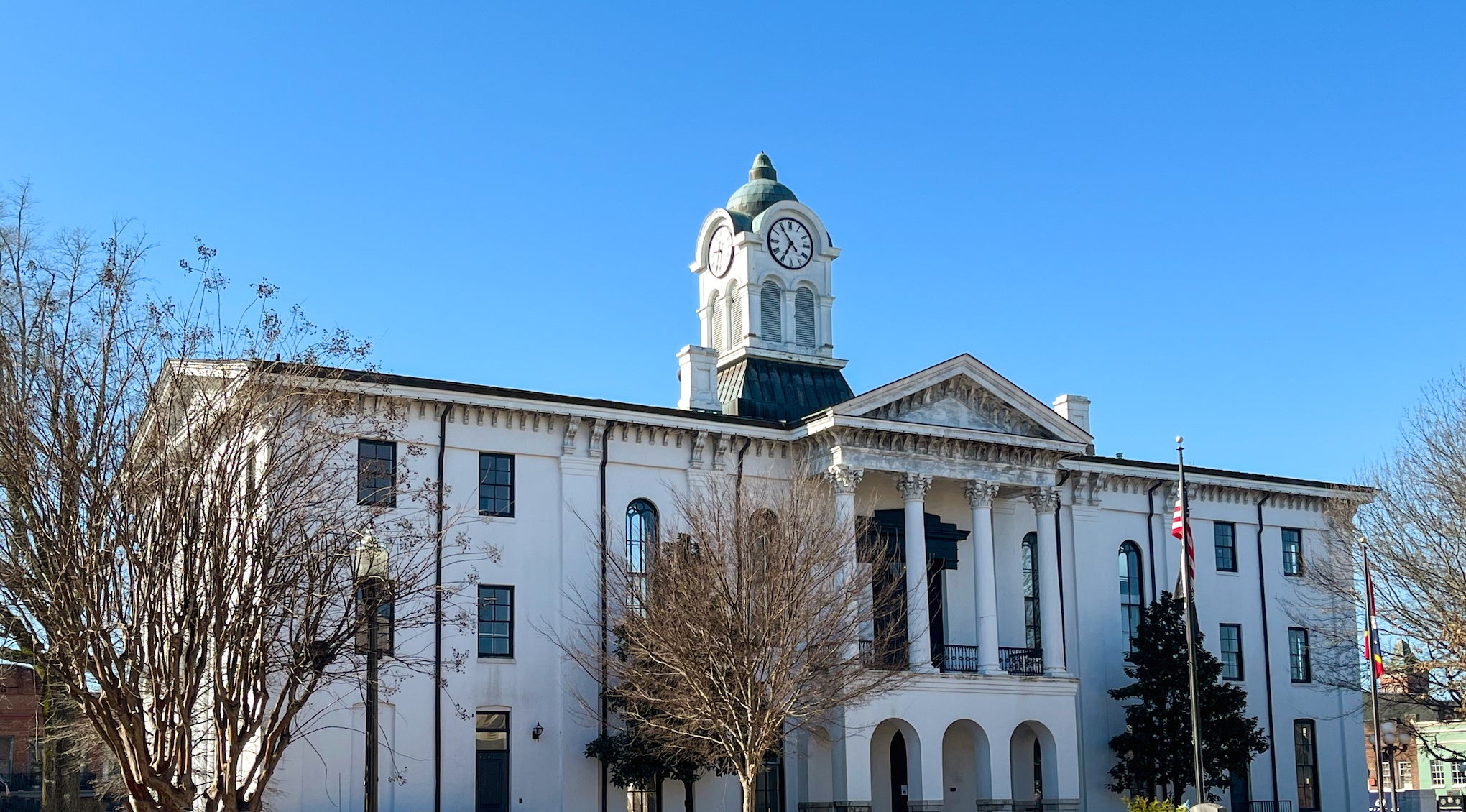Stennis Institute of Government and Community Development at Mississippi State University tells county officials now is time to plan
Published 9:57 am Monday, March 13, 2017
County officials are moving closer to completion in updating the comprehensive plan and this past week gained more information about land use and zoning.
During a joint session of the Board of Supervisors and the comprehensive plan implementation committee, members of the Stennis Institute of Government and Community Development at Mississippi State University gave officials a presentation that dealt a great deal with the forms of zoning as well as the pros and cons as the county deals with incredible growth.
Communities like Olive Branch and around Memphis have dealt with significant growth over the last decade that some consider to be spiraling out of control. County officials would like to be able to control growth to prevent a similar problem from occurring.
Supervisors hired Mike Slaughter and Associates to update the comprehensive plan that was adopted in 2008 and for the past year have been holding a series of public hearings and formed committees to address issues dealing with growth in Lafayette County.
While Mississippi has been dealing with a decline in population, Lafayette County has become the fastest growing county in the state. From 2010 to 2015, Lafayette County witnessed a growth in population of 11.76 percent, while the state barely had any significant growth, according to census data. Some of that growth was natural population with births, but a majority of that growth was from people relocating to Lafayette County.
The average growth in the 21 counties who have experienced population increases was just over three percent. During that same period, 61 of the 82 counties in Mississippi had a decline in population, according to Stennis Institute census data.
That growth is a double-edged sword, according to Dr. Joe Fratesi, Project Director with the Stennis Institute, whose mission is to improve quality of life in rural communities.
“This puts it into perspective that growth is coming to Lafayette County,” said Fratesi “Y’all are in a unique position, unlike so many other communities in Mississippi where they’re struggling to figure out how to get people.”
The question now is how is that development going to look over the next decade and beyond?
That’s where the hot-button topic of zoning and land use comes into play to control growth.
Fratesi and his colleague Jeremy Murdoch told officials now is the time to start planning for more increased growth before it’s too late.
“It evolves over time,” said Murdoch “That’s what I’ve seen in other communities is that they don’t care about plan zoning until it’s almost too late. We encourage communities to get a head of it before it gets to that point.”
Fratesi said zoning regulations are designed to protect areas of the community to prevent unwanted development that could harm property values, while also creating development that fits logically within the community. Zoning is a blueprint that officials can use for development.
“Having zoning in place helps make those decisions for development,” said Fratesi. “It’s a tool to help make those decisions for infrastructure needs.”
The comprehensive plan implementation committee is expected to have a few more meetings before public hearings are held once again prior to adopting the updated comprehensive plan later this year.





